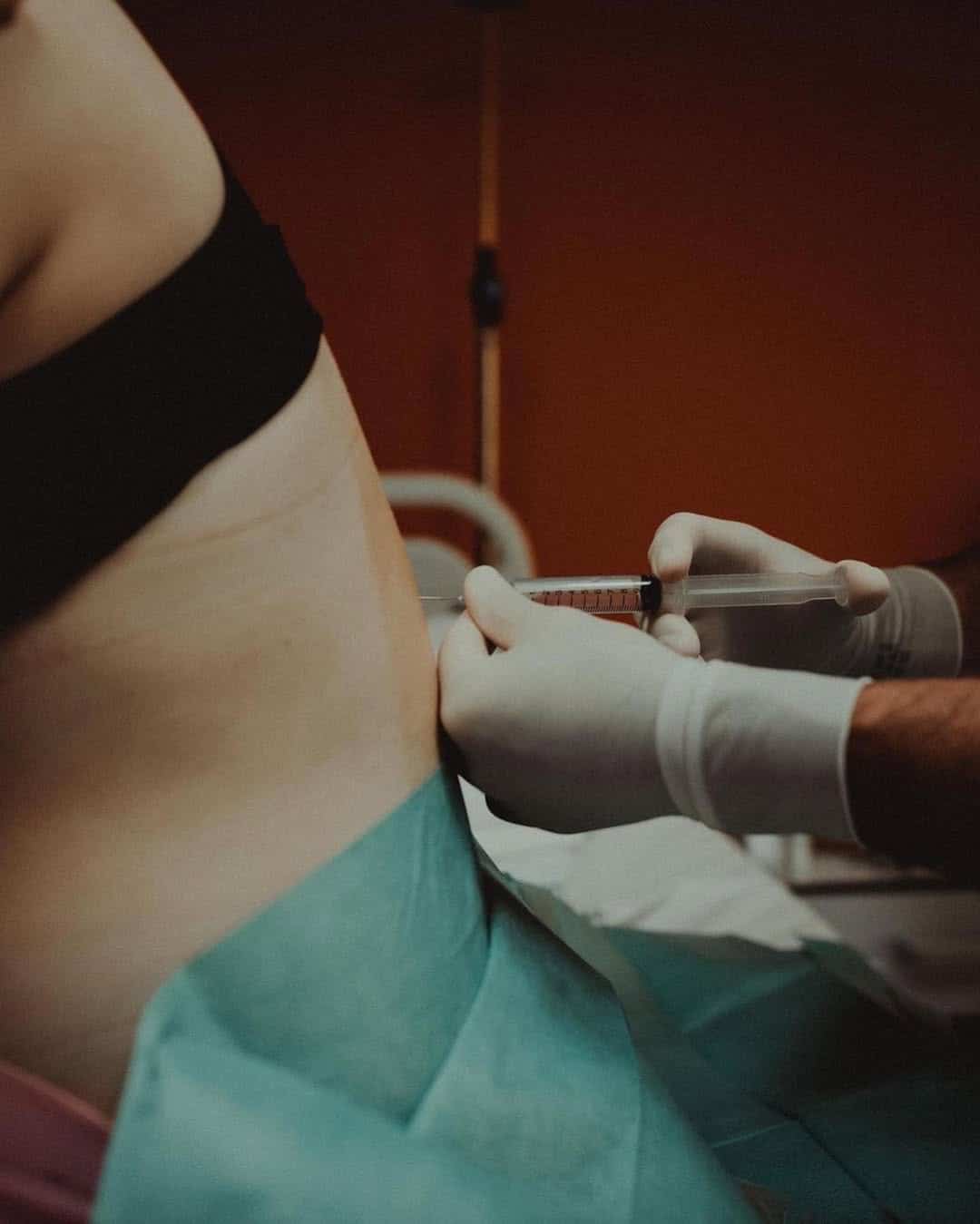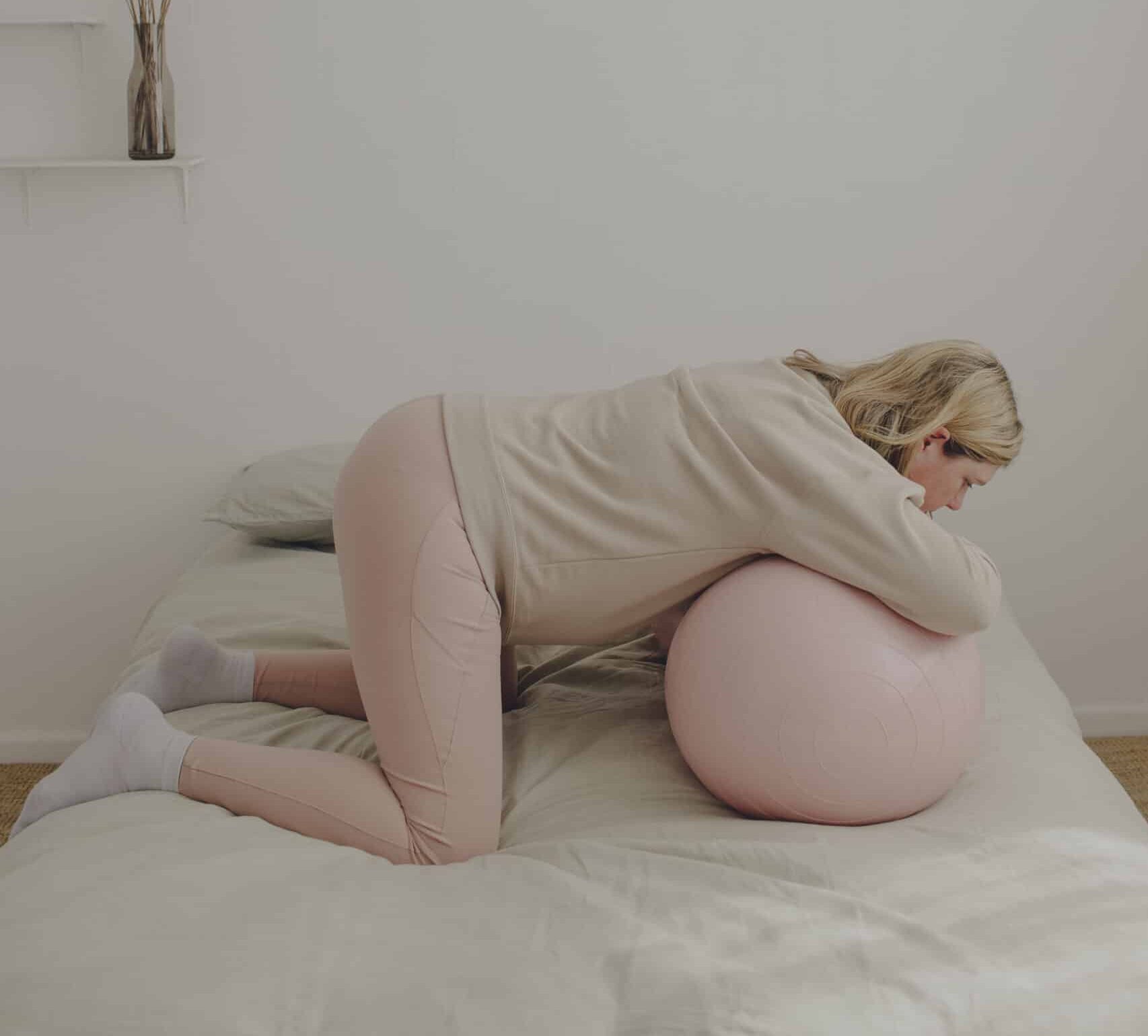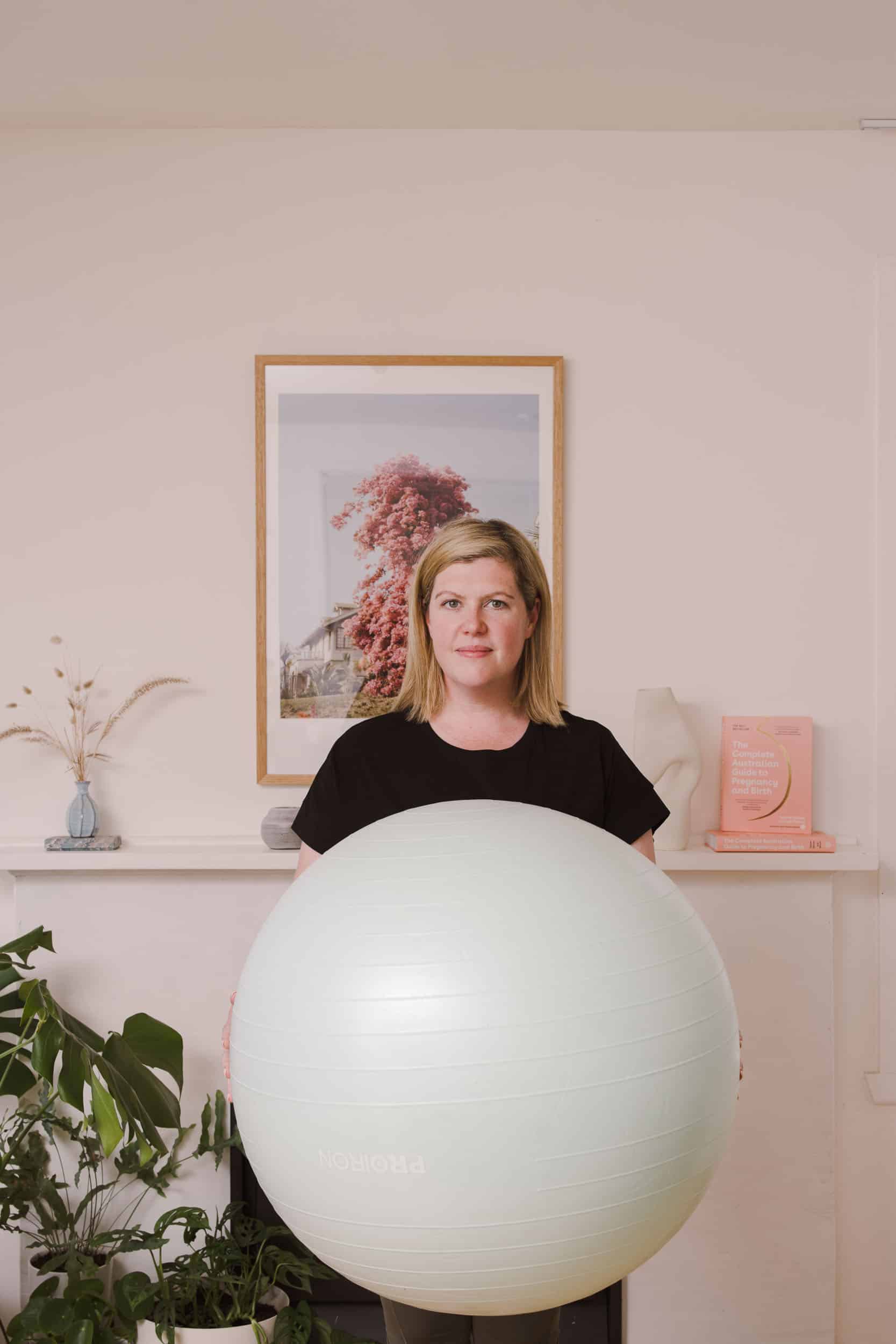Birth Managing Labour Pain
Managing Labour Pain

Regardless of where you’re birthing and your intentions for pain management, it’s a good idea to educate yourself about the benefits and risks of each intervention so you go into labour aware and informed, with a strong understanding of the options available to you and how they can help or hinder your labour progression, birth and recovery.
What types of pain relief are available during labour and birth?
Wherever you labour and birth, there will be a variety of pain-relief options available to ease your discomfort as your labour progresses. If you are birthing at home or in a birth centre, you will likely start with non-pharmacological options, such as heat packs, acupressure and mental reframing, before you rely on pain management from oral analgesia or gas and air. If you’re birthing in a hospital, you may intend to request an epidural as soon as you’re admitted to the birthing suite. On the flip side, you may prefer to explore less invasive options first. This is your labour and there’s no right or wrong way to navigate and manage pain.
Non-Pharmacological Pain Relief
Non-medicated pain relief is a great option as there’s no side-effects for you or your baby. Even if you intend on using pharmacological pain relief in hospital, in the early stages of labour when you’re likely at home, you’ll want to embrace some of the following options to make yourself more comfortable.
Breathing Techniques
Regardless of what stage of labour you’re in, you’ll rely on your breath to keep your grounded. It can be easy to hold your breath when another contraction starts (it’s a little like a ‘gasp’ when you touch the hot plate on the stove – you naturally recoil and hold your breath) but the key to navigating labour is to keep your breath long and deep. This ultimately helps to relax your whole body. Practising during pregnancy is essential!
Read more : How to Breathe in Labour
Movement
Staying active in labour – rocking, walking, swaying, stomping – can relieve the intensity of contractions. It can also speed up labour because gravity and movement encourages your baby to move further down into the pelvis. Try to resist lying on the bed! However, between contractions we encourage you to completely rest so let your body be soft and still and lean on a mat, birthing ball or the bed.
Hot Water
A shower or bath is often recommended as a powerful way to relieve physical ension and focus your awareness. It’s particularly helpful if you’re in the hospital and want a quiet, dark, private space to labour. The weightlessness of water th) combined with the warmth, helps to relax the muscles, minimise stress hormones, assist the flow of oxytocin (the hormone responsible for driving contractions) and increase pain-relieving hormones (endorphins).
TENS Machine
Transcutaneous electrical nerve stimulation (TENS) is safe and non-invasive and works as a powerful pain relief option for most people who use it. It works by delivering small pulses of electrical current through electrodes that are stuck to your lower back. They feel like tingling sensations and bombard your brian with stimulus that shifts your awareness away from the pain of contractions. You should start using it in early labour to get the benefit (it can’t be worn in the shower or bath).
Acupressure with a Hair Comb
It’s true, a hair comb pressed into the palm of your hand can compete with the intensity of contractions (the teeth of the comb should press into the base of your fingers where they meet the plan; this is where the acupressure point is located) . It’s explained by the ‘gate control theory’ –
- Non-painful input (the pressure of the comb) closes the nerve ‘gates’ to painful input
- This prevents (or decreases) the contraction pain from travelling to the central nervous system
Sterile Water Injections
If you experience ‘back labour’ which is typical if your baby is in a posterior position (their spine is pressed against your spine), your midwife may recommend sterile water injections. Two midwives will inject a small amount of sterile water into four sections of your lower back around the base of the pelvis. The initial pain is significant (many women on the podcast have said they screamed loudly in response) but it fades quickly and can change your perception of labour pain moving forward.
Medication for Labour Pain
There’s no right or wrong way to navigate pain. It’s an entirely personal decision and if you’re birthing in the hospital system, you’ll have access to pharmacological pain relief as soon as you’re admitted to the birthing suite. It’s a good idea to understand how medication can help and hinder your labour before you make a decision as some can affect your labour, your baby and your recovery.
Gas and Air
This is a common first pharmacological pain management step in a hospital setting. Gas + Air is a mixture of nitrous oxide and oxygen (laughing gas) which can be blended at different strengths and offer fast-acting pain relief. It’s important to know that it takes 15 seconds to reach peak relief, hence you must start using it at the very start of your contraction so you benefit most at the peak of the contraction. Some women experience nausea and feeling light-headed but the medication also leaves your system quickly so if it doesn’t agree with you, you won’t be dealing with the side effects for very long.
Morphine
Morphine is a strong painkiller that, once injected, can take 20 minutes to work with relief lasting up to three hours. It can make you and your baby sleepy and if it’s administered within two hours of birth, it can contribute to breathing issues for your baby.
Epidural
An epidural is an anaesthetic procedure that is performed by an anaesthetist; a needle is inserted into the epidural space (the space between the bones of the spine around the spinal nerve) and a thin tube is threaded in. Through this tube a small dose of anaesthetic and fentanyl is administered which numbs you from the waist down. After you request an epidural it can take time for an anaesthetist to be available so don’t expect it immediately. You won’t feel any contractions but you also won’t be able to use your legs (you’ll be on the bed and a catheter will be inserted to drain your bladder).
Benefits include:
- Pain relief
- The ability to relax your body
- Sleep
Risks include:
- Drop in blood pressure
- Slow or stall labour (syntocinon will be administered to help labour progress)
- Limit movement and birthing positions which leads to a longer pushing phase
- Higher chance of instrumental birth and emergency caesarean
- Higher change of episiotomy and/or perineal trauma
Here’s some more articles we think you’re going to love:
Categories
Related Products
-
The Birth Class
108 reviews$249.00The empowering online childbirth education program that will help you confidently prepare for birth.
Get your copy of our Perineal Massage Guide in your inbox
Keep Reading
We think you might enjoy these articles
@AustralianBirthStories
Follow along with us
@AustralianBirthStories
Follow along with us
@AustralianBirthStories
Follow along with us
@AustralianBirthStories
Follow along with us
@AustralianBirthStories
Follow along with us
@AustralianBirthStories
Follow along with us
@AustralianBirthStories
Follow along with us
@AustralianBirthStories
Follow along with us
@AustralianBirthStories
Follow along with us
@AustralianBirthStories
Follow along with us
@AustralianBirthStories
Follow along with us
@AustralianBirthStories
Follow along with us










